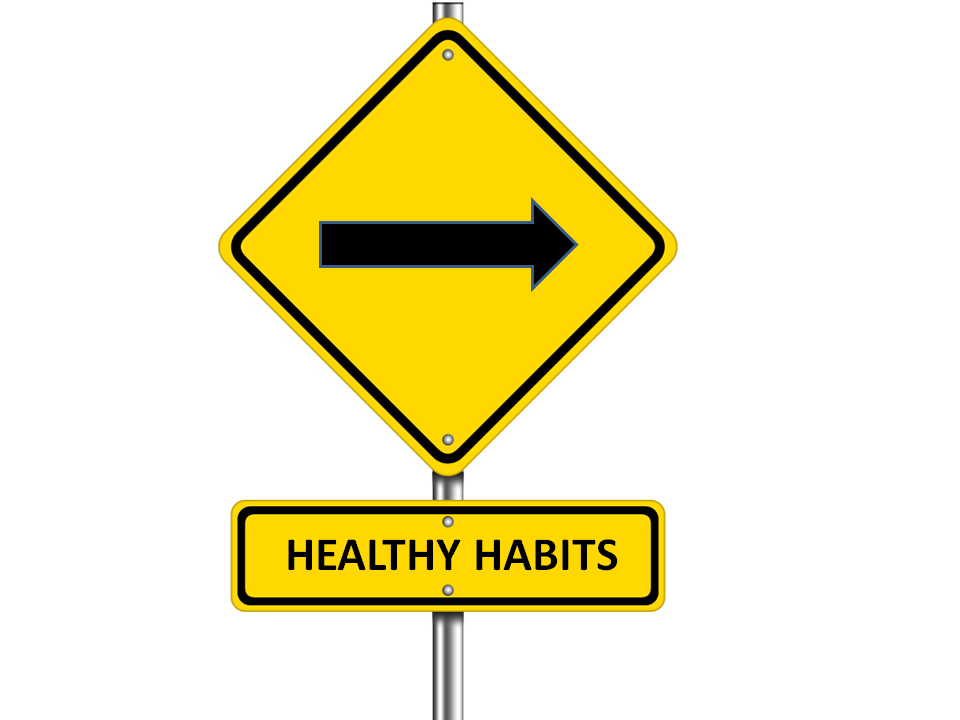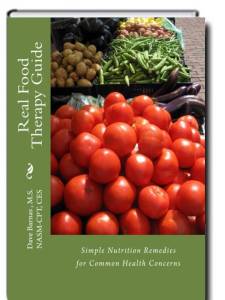In part one, we learned how habits form in the brain in three steps (cue-routine-reward). We also learned that the brain doesn’t care if habits are healthy or not. But the real kicker for why habits are so hard to change is because the brain is lazy. For convenience it continually selects the same thing over and over.
From: The Power of Habit
Scientists say, that “habits emerge because the brain is constantly looking for ways to save effort. Left to its own devices, the brain will try to make almost any routine into a habit, because habits (cue-routine-reward) allow our minds to ramp down more often.”
Who knew our brains were such energy conservationists? Just think about something you do everyday, over and over. Initially, it required thought. But with time and repetition, you stopped thinking about it. It saves brain energy by using the habit loop (cue-routine-reward).
So when does a habit loop become automatic?
When our brains expect a reward!
Only when your brain starts expecting the reward-craving endorphins or sense of accomplishment from a routine, will a habit become automatic.
Not only is the brain conserving energy, but for it to use energy, it’s got to be motivated. Motivation comes from cravings, and cravings are the driving force of habit loops.
Create the Craving #1 – Eat Better
Want to eat better? Here’s how, according to Charles Duhigg, the author of The Power of Habit.
When researchers affiliated with the National Weight Control Registry – a project involving more than six thousand people who have lost more than thirty pounds – looked at the habits of successful dieters, they found that 78 percent of them ate breakfast every morning, a meal cued by a time of day...
So we need to choose breakfast, daily. It’s cued by waking up. But there’s more. Here’s Charles.
…most of the successful dieters ALSO envisioned a specific reward for sticking with their diet – a bikini they wanted to wear or the sense of pride they felt when the stepped on the scale each day – something they chose carefully and really wanted.
They focused on the craving for that reward when temptations arose, cultivated the craving into a mild obsession. And their craving for that reward, researchers found, crowded out the temptation to drop the diet. The craving drove the habit loop.
Let’s summarize.
To create the craving to eat better, we have to envision the reward. We have to imagine how we’ll feel when we see the scale hit our weight goal or buy the next smaller size of clothing. To make a habit stick, we need to be slightly obsessed with the reward. This is a key to beating temptation.
Create the Craving #2 – Exercise
How can we make it more of a habit? Here’s Mr. Duhigg again…
From: The Power of Habit
Choose a cue, such as going to the gym as soon as you wake up, and a reward, such as a smoothie after each workout. Then think about that smoothie, or about the endorphin rush you’ll feel. Allow yourself to anticipate the reward. Eventually, that craving will make it easier to push through the gym doors everyday.
To create the craving, we’ve got to anticipate the reward. It makes a difference. Some of my clients have told me so. While they might not always look forward to their workout, they look forward to feeling healthier later in life, getting stronger, seeing progress towards a weight loss goal, crossing the finish line, feeling more muscle tone or going home to enjoy a tasty smoothie. No matter what people like to anticipate the most, to make exercise a habit, thinking about the reward coming is at the heart of creating cravings.
(For great smoothie recipes, click here).
Now I’ll get personal.
Here’s how I learned to master the healthy habit – stretching. While I love exercise, stretching never did much for me. I can’t say I craved it and didn’t see much value. Then two things happened, father time said hello and a muscle tore in my hip. The muscle tear hurt so badly I could barely get in and out of a car for a year. I desperately wanted to be free of pain – there’s my craving. But how could I get rid of the pain?
I used what I knew with some positive effect. Then I added several helpful exercises I researched including those found here, and had a tailbone alignment tune-up. Within a day, I could feel some pain subside, but the torn muscle still hurt from time to time. So, I talked with a specialist who introduced me to a few stretches that I’d never tried or learned in my certification programs. I’ll blog about them soon.
I needed to create the new exercise habit loop (cue-routine-reward). Since my wife and I enjoy spending the end of the day relaxing with a movie or a book, I found my cue.
My healthy routine would be to stretch before I cuddled in with my wife. And my reward? Definitely the dream of being pain free.
The craving? Envisioning myself running, jumping and walking without the worry of a sudden twinge, free as a kid in the park.
After one week, I felt SO much better. I almost felt pain free for 24 hours straight. A habit began to form as I began to look forward to stretching every night. I began to crave the feeling of being pain free.
After a few months, stretching has become a healthy habit that I look forward to at least three days a week. And I’m back to being that rambunctious kid who loves to run and jump…keeping my brain motivated to keep the habit.
What’s Next?
Go to Part 3 – How to Master Healthy Habits with Personalized Motivation.
WRAP-UP
- Brains Are Lazy – They prefer to conserve energy in the form of habits, healthy or not.
- Create Cravings for a Healthy Diet – To eat better for weight loss, develop a mild obsession with something good you envision or wish to feel, be it a sense of pride getting on the scale or how good you’ll feel wearing a smaller size.
- Create Cravings for Exercise – To exercise more regularly, set up a cue to do it, add a healthy routine, then stay focused on the reward you’ll get from it; be it the adrenaline rush, a feeling of accomplishment, toned muscles, or a post-workout smoothie.






